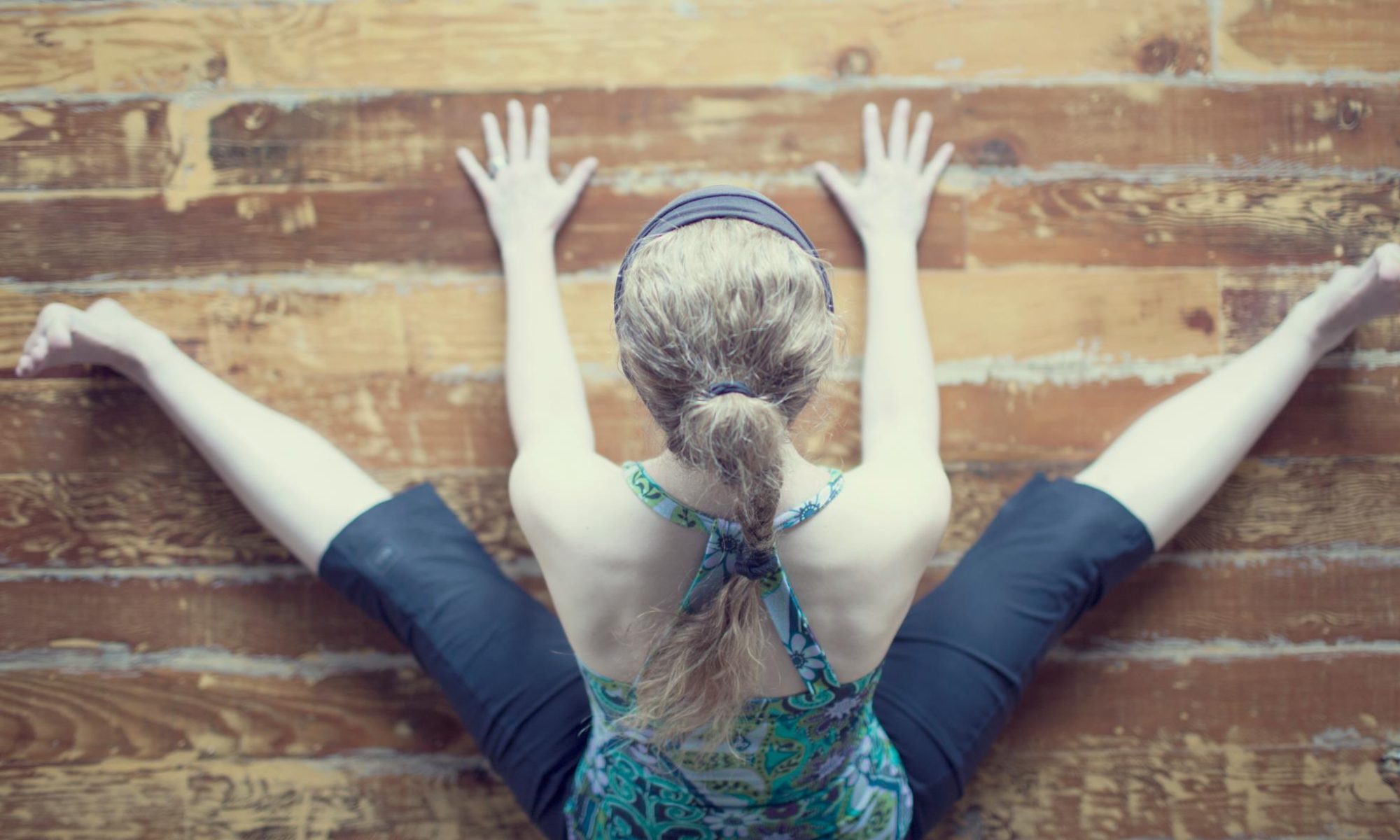
Resilience. That’s what comes to mind each day as I pass this tree on my walks around the neighbourhood. Resilience in the face of suffering. Perseverance in the midst of pain.
You might have seen this unusual tree in the photos I shared on Instagram last week as we saw yet another stay-at-home order announced. I offered it as a reminder that we have within us the strength to overcome whatever challenges stand in our way, to make it through to the other side – we need only find a way to connect to it.
Sometimes the challenges we encounter are of our own making, and sometimes they’re beyond our control, arriving seemingly out of nowhere – like this fence. We could be going about our business, this tree was simply growing in the forest, and suddenly something stops us in our tracks. To be honest, I’ve found myself in that very situation in recent months: stopped in my tracks by unexpected health problems. In the face of challenge, in the face of pain and suffering, how do we connect with our inner strength and resilience and harness its power to guide us safely through?
For me, this connection comes through mindfulness, which of course, can take many shapes and forms. Asana and pranayama, the postures and breathwork of yoga, help me release tension and create space in body and mind so that I can open my awareness to signals arising within. Meditation deepens my practice of svadhyaya (self-study) and santosha (contentment) as I observe, notice, embrace my experience without judgment or attachment, with lovingkindness and compassion. I invite mindfulness into my favourite everyday activities – gardening, baking, walking in nature. I give thanks for the many blessings in my life, without glossing over the fact that I’ve lost my job, that I’m struggling with health issues, that I’m tired of being stuck at home in lockdown. I remind myself of the vital importance of self-love, self-care, self-compassion, and self-acceptance. Connecting to the present moment through these practices fosters in me a deeper connection to myself, a greater awareness of who I am beneath all the mental busyness, beneath the self-doubt, the pain, the expectations and uncertainties.
In his poem A Servant to Servants, Robert Frost wrote that “the best way out is always through” and I believe that’s just what mindfulness teaches us. We learn to welcome the present moment exactly as it is – its joy and its pain, its triumph and its sorrow. We learn to practice acceptance of what is rather than fear of what might be or regret for what was. We take it day by day, moment by moment, breath by breath. We make our way through the challenges, fueled by strength and resilience we’ve cultivated within, and like this extraordinary tree, we keep reaching our branches to the sky.




